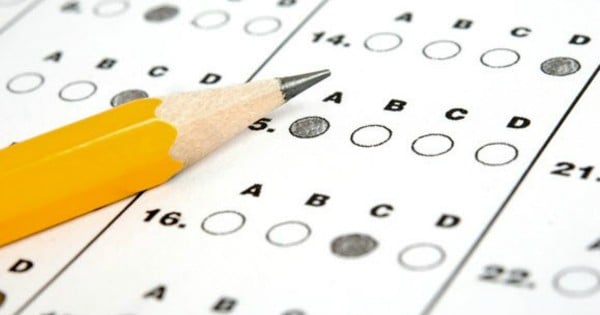
NAPLAN. It’s the word that will make some teachers shudder and some students have sweaty palms. Standardised testing for years 3, 5, 7 and 9. Every single student across the states sitting down to the same tests, at the same time and being leveled up against each other. Other schools, other states, the country as a whole.
As a teacher, I believe national assessment is necessary. It’s necessary to support the ability of schools to focus teaching on areas of need and to help parents see how their child is progressing against national standards.
But what I believe even more, is that NAPLAN doesn’t work.
This is why:
1. It focuses on the scores.
Dr Stanley Rabinowitz, assessment and reporting general manager from the organisation that runs NAPLAN (the Australian Curriculum, Assessment and Reporting Authority (ACARA)), said that there is too much focus on scores.
And that is one thing I can certainly attest to.
So many teachers, as well as parents, focus on getting those few pieces of paper at the end of the day and seeing how their child measures up. Some parents will even send their children to specific NAPLAN tutoring to prepare them for the exams.
That’s not measuring learning – that’s tutoring your child on how to score well in an exam.



Top Comments
Testing is part of life but the problem is standardised testing (NAPLAN) has come to dominate the education system and it's attachment to high stakes such as the My School website and the resulting league tables has had detrimental consequences. A recent study by Chris Bonner and Bernie Shepherd noted a significant drift in enrolments from disadvantaged to advantaged schools and warned Australia is headed for a two-tiered education system. One of NAPLAN's purposes was to raise education standards yet an August 2015 review showed that "in the seven years since the tests were introduced, most measurements showed no major improvement." A possible alternative for a national snapshot could be modelled along the lines of the OECD's international PISA testing where students are randomly selected and testing is only part of overall assessment. There is no downtime. Australian schools regularly provide parents with a very comprehensive level of individual assessment in any case. I researched all of this for my book "How To Pass A Test: Is this the direction of Australian education today?" A much better example of a successful education system is provided by Finland; and a needs-based funding model such as the Gonski model is the best option for funding a successful education system.
It doesn't have to be a "mental and psychological wringer". My daughter's done it 3 times so far. She's not the best, she's not the worst. Our school tries not to pump it up too much, so it doesn't overwhelm them. I am happy to get some data on my child's performance. I know it's not the be-all and end-all - just some information out of a whole raft of things I take on board. I think that the kids should be able to cope with some amount of pressure - they are going to face it in the real world, so they may was well get a taste of it now. I did standardised testing at school in Victoria 40 years ago and no-one jumped up and down about it.